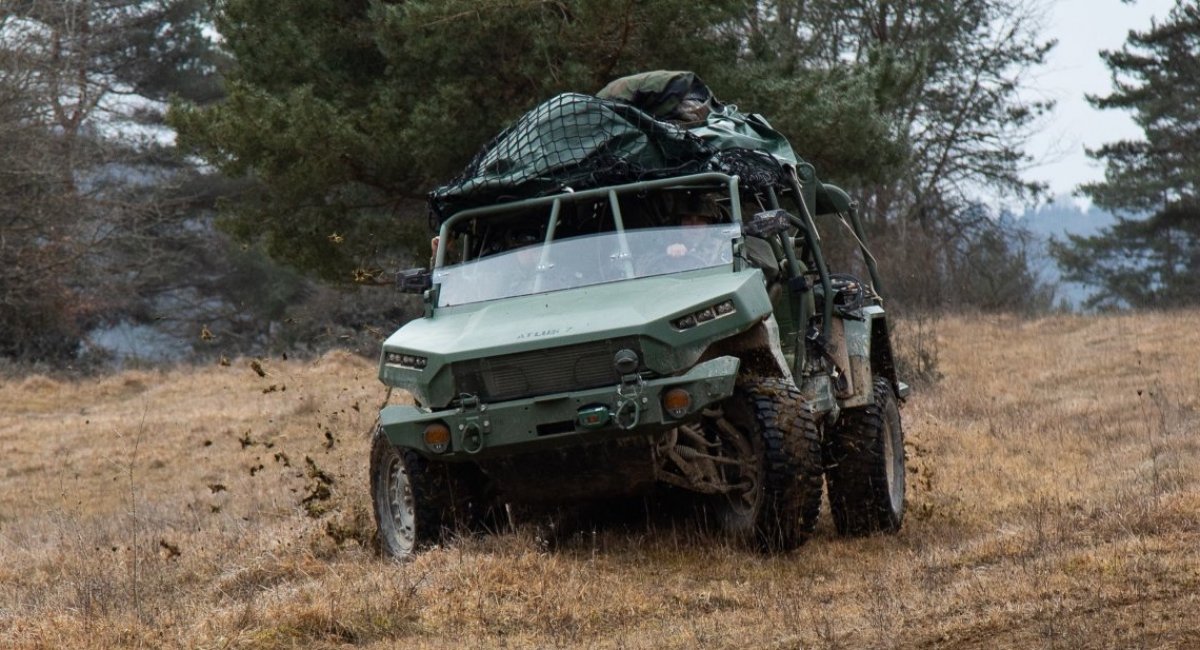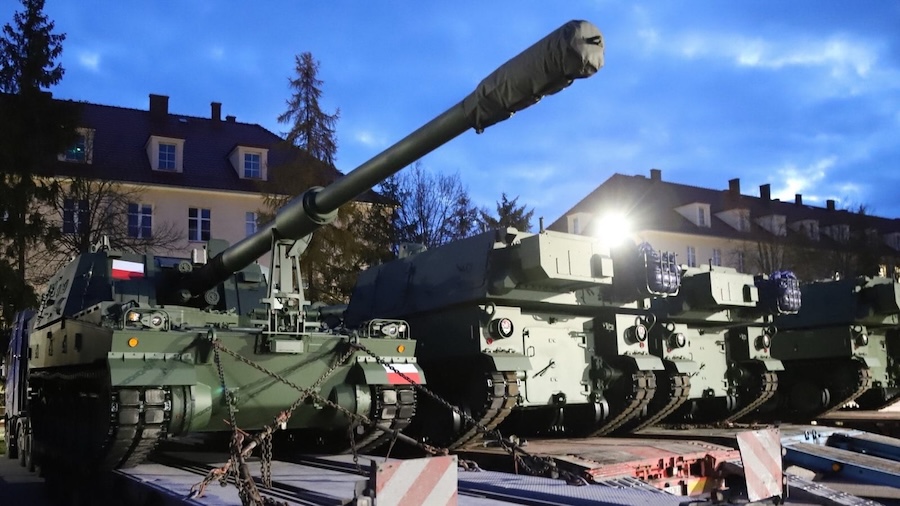There's a thing about weapons manufacturing that is an expensive and counterintuitive truth.
A country, like Ukraine, immersed in a war for its survival will daily consume every weapon it's manufacturing base can produce. This allows arms manufacturers to set up active production lines on an ongoing basis. At the end of a conflict, just like happened after WW2, those lines come to a sudden stop and end up in a recession unless they can quickly reorient themselves to other civilian product lines. With that the military based production lines shut down and turn to a greatly reduced peacetime output. No one puts those now idle, arms production lines into stand-by mode. As time goes by, the ability to restart production becomes ever more difficult, especially with the more technologically advanced weapons.
What is essential for any country is to ensure that the ability to surge the production of critical, high usage weapons remains available in peace time. If the predicted wartime usage rate of a specific weapon system is, lets say, 50,000 units per month, but our peacetime training usage rate is only 2,000 units per month, then we need to ensure that the production lines for those additional 48,000 units per month is kept mothballed and in reserve. In addition, if the startup time needed to get back to full production is two months, then we need to maintain a stock of at least 96,000 units as our war stocks to see us through.
In short, there is a need for governments to pay manufacturers to keep critical, yet mostly idle, manufacturing capacity available "in reserve." The consequence of not doing so is to either have absolutely massive war stocks on hand (with possibly a limiting shelf life) to see us through until new production lines can be built from scratch or else lose the ability to maintain a protracted war.
Another related factor is that weapon systems evolve. That has two consequences. First, governments need to invest in the R&D of weapon systems on a continuing basis, and second, as a revised or modified system comes into service, governments need to invest in not only the new active production lines but also the upgrading of the idle, "in reserve" ones.
We have governments and a military that tend to think mostly about today's needs. The vast amount of government allocated funds are spent on forces needed day-to-day and very little for those additional forces that need to be available in a hurry or on a protracted basis for tomorrow. The same is true for our capital investments. We spend money to replace worn out equipment with just enough (or even less) to provide enough for day to day usage. We do not set aside money for war stocks or for idle, but critical, surge wartime manufacturing capacity.








